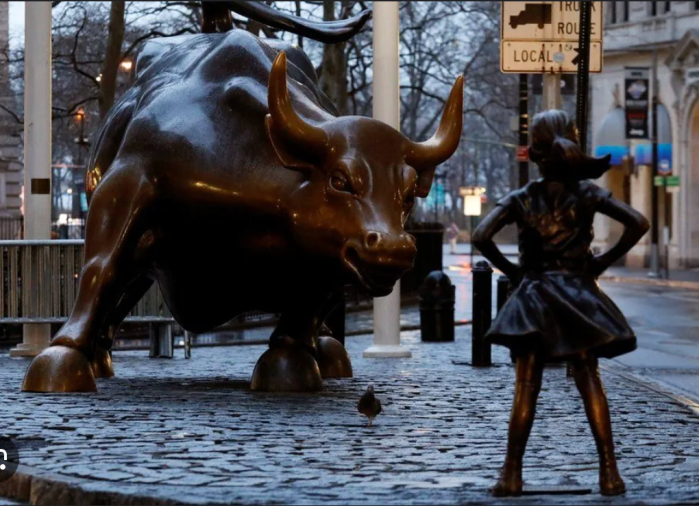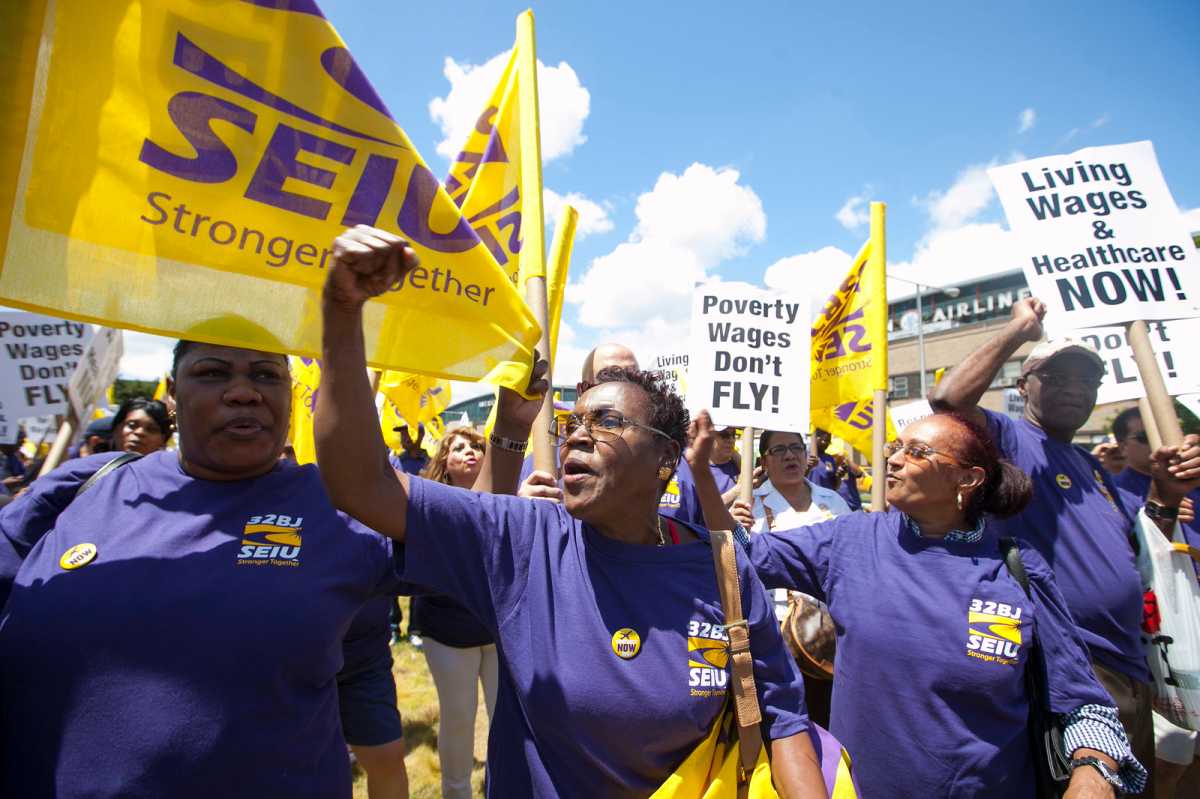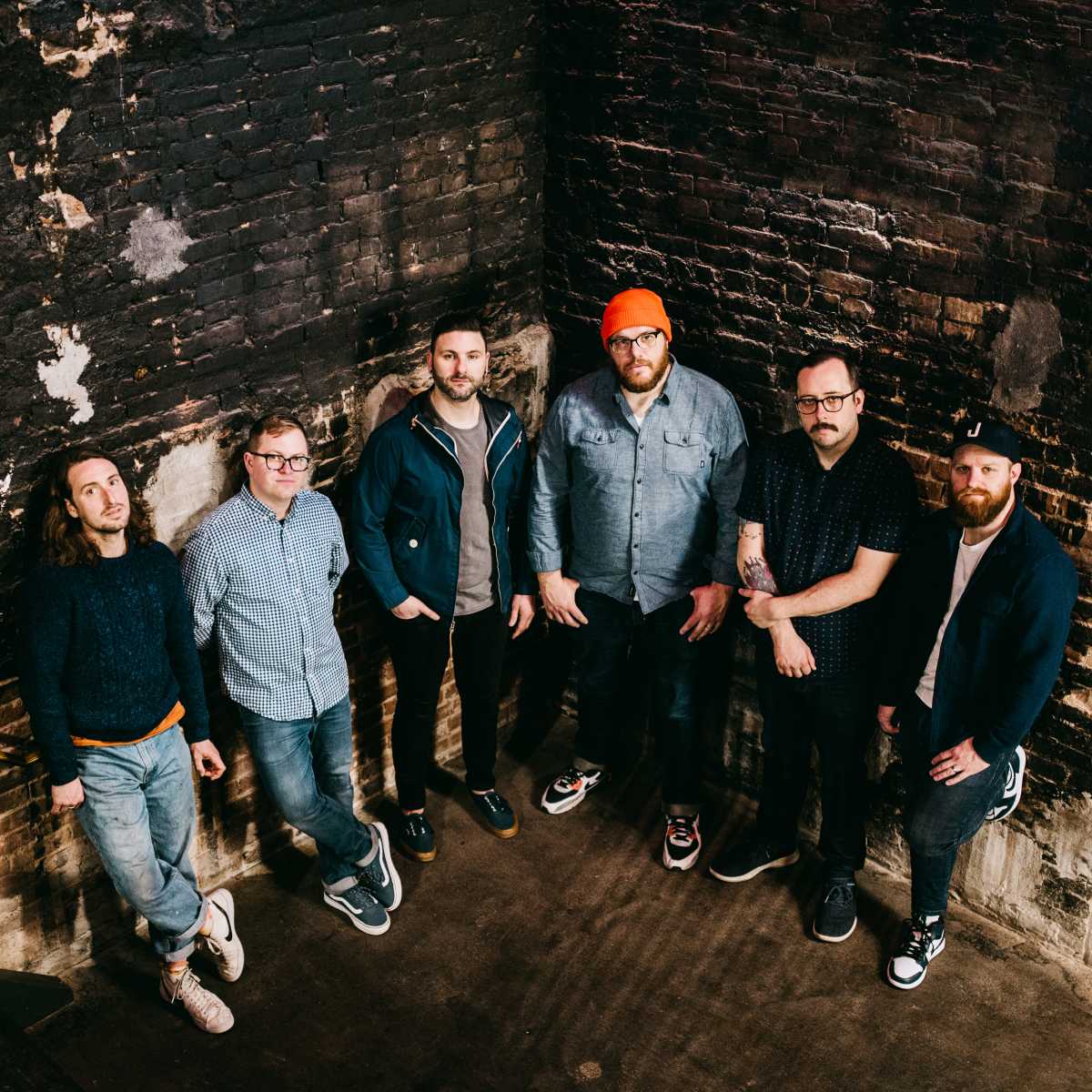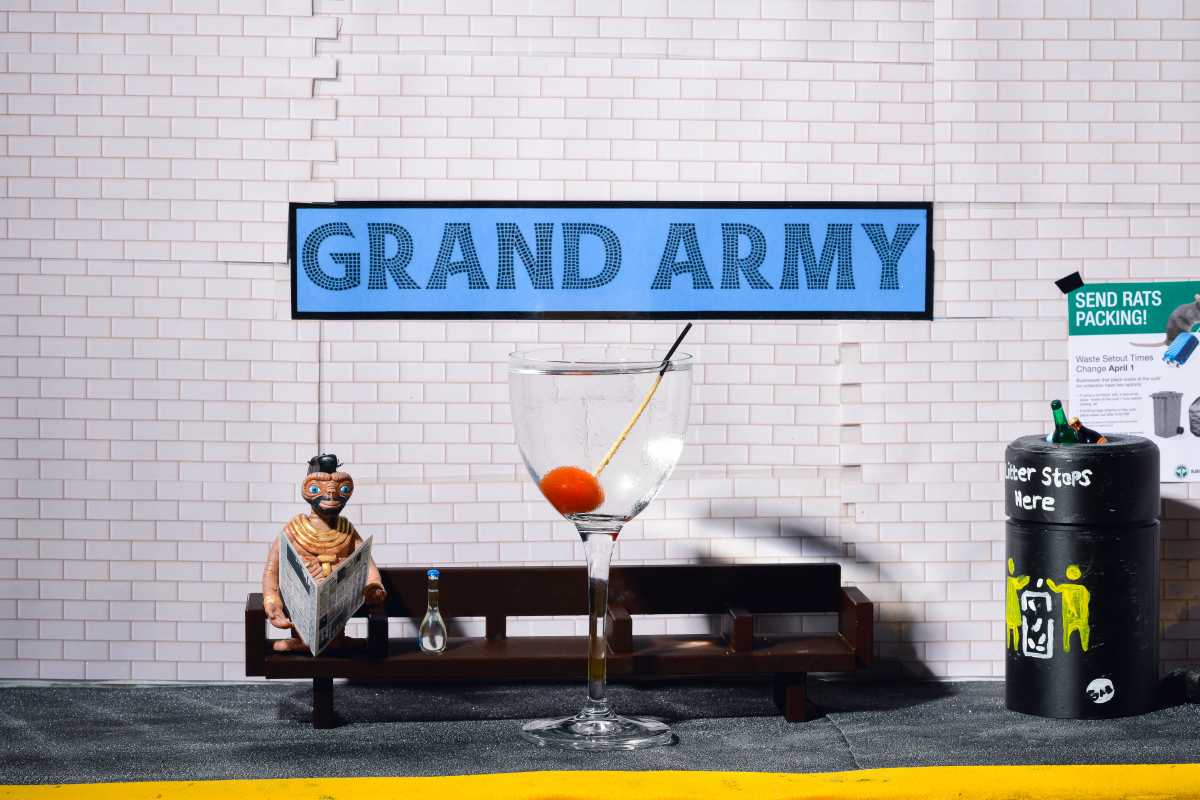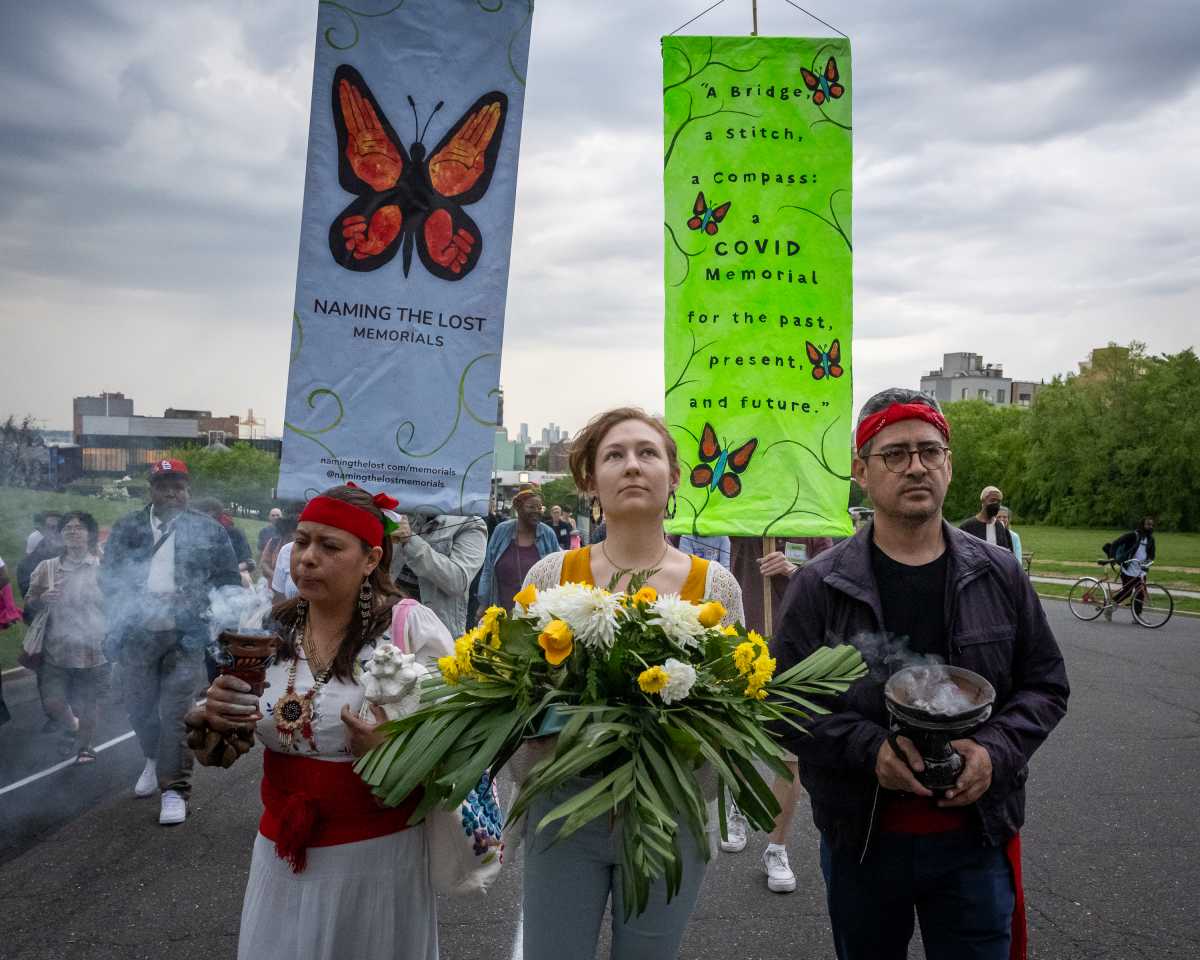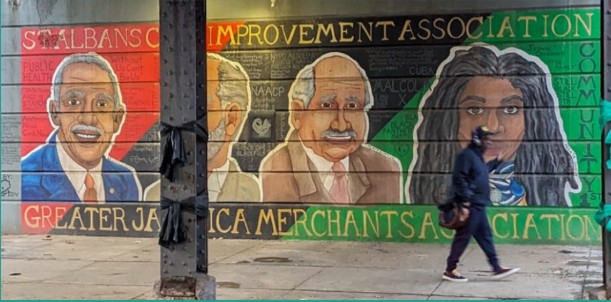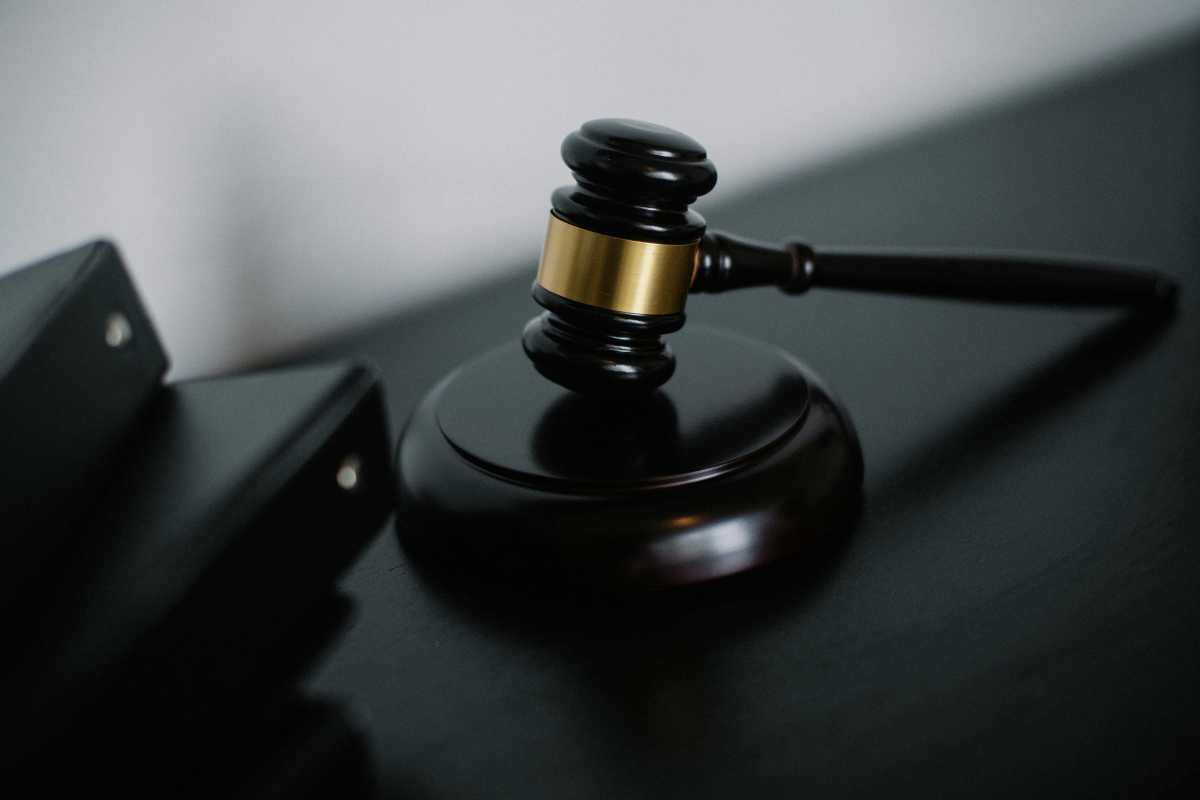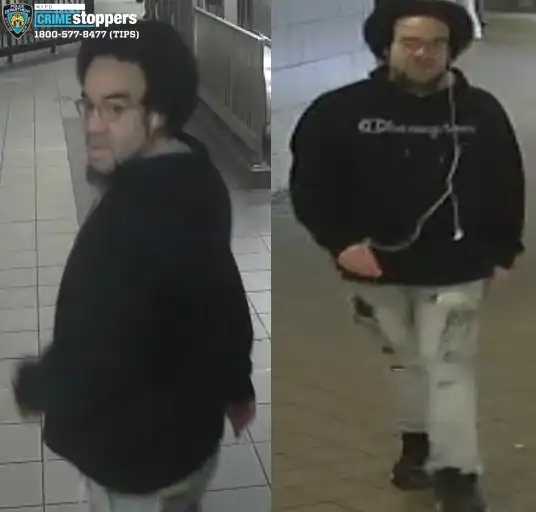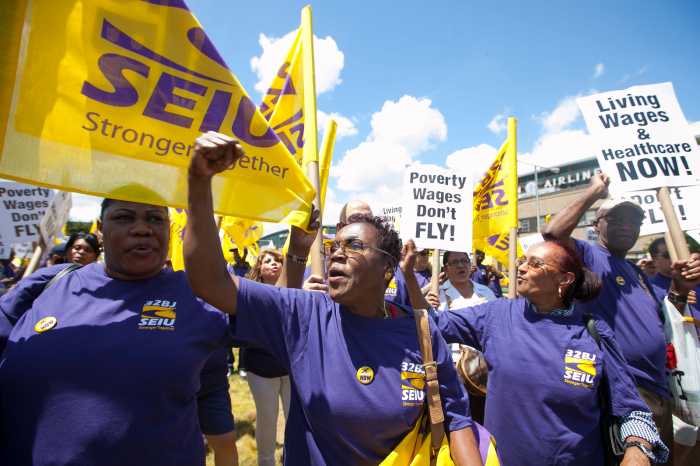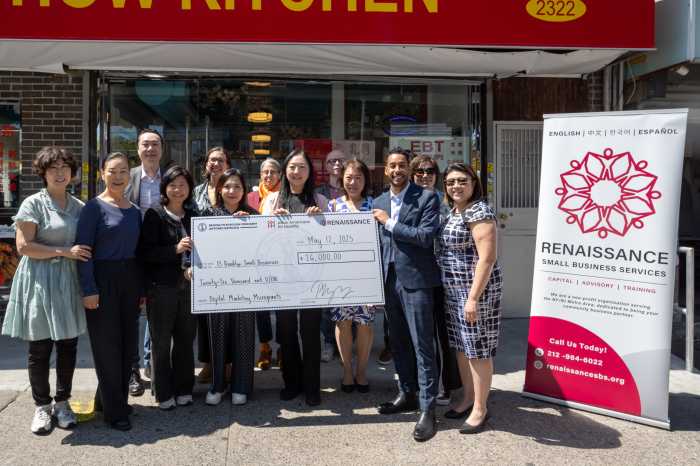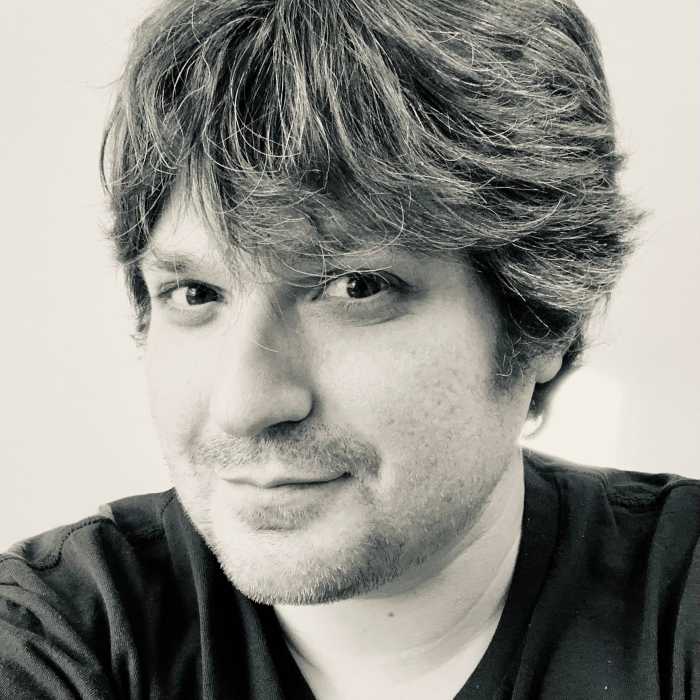By Albert Amateau
Assembly Speaker Sheldon Silver held a five-hour public hearing last Friday about a bill to drastically limit the number of new liquor licenses in neighborhoods oversaturated by bars and lounges.
Residents said their neighborhoods were unlivable at night because of noise, traffic and violence generated by an overwhelming number of bars. They urged passage of an amendment to the Alcoholic Beverage Control Law that would eliminate exceptions to the rule against new licenses being granted for premises within 500 feet of three other existing licensed establishments.
But nightlife and restaurant representatives said that an ironclad 500-foot rule would be absurd for Manhattan, especially in districts like Times Square and the new Time-Warner complex at Columbus Circle where many licensed establishments are located in one building.
In an interview just before the May 5 hearing, Silver said the proposed legislation was drafted because the State Liquor Authority, which administers the A.B.C. Law, was a failure.
“They feel that their job is to issue licenses,” said Silver, noting that there are no New York City members of the S.L.A. Silver said the proposed legislation was intended to stimulate conversations about how to deal with oversaturation and problem bars.
“Residents have the right to enjoy their homes in peace and to a good night’s sleep free of excessive noise and free of violence,” Silver said at the opening of the hearing. Currently, the S.L.A. may grant exceptions to the 500-foot rule if a new license “is in the public interest,” including economic benefits to the city. Of the last 22 license applications that went through 500-foot hearings, 18 were granted, Silver noted.
The speaker repeatedly asked witnesses if they favored an amendment that would make exceptions to the 500-foot rule subject to “concurrence by a local body,” like the City Council or a separate City Liquor Authority. Noting that the no S.L.A. official was at the hearing, Silver said he would schedule another hearing for the agency to testify.
Several residents and nightlife representatives said they might favor different levels of licenses for different areas and separate liquor license rules for bars, lounges and large clubs. Nightlife representatives called for paid detail — off-duty, uniformed police officers to patrol in the areas of bars and lounges, to be paid for by the owners. The Police Department, however, opposes paid detail.
Newly elected Assemblymember Sylvia Friedman, representing the 74th Assembly District, including the East Village, said, “There is no connection between the S.L.A. and our community.” She said the neighborhood was “plagued with people spilling out onto the streets going from one bar to the next.”
Assemblymember Richard Gottfried, whose 75th Assembly District includes the west side of Chelsea and Hell’s Kitchen — “with more licensed establishments than anywhere else,” he noted — said he did not think the nightlife business should be shut down. Instead, he insisted, “We need stronger legislation and more focused enforcement by the S.L.A.”
City Councilmember Rosie Mendez, who represents the East Village and Lower East Side, said the neighborhood quality of life was endangered by the oversaturation of nightlife.
“Thursdays, Fridays and Saturdays, the streets are loud with horn honking, drunken revelers and — it’s not a nice thing to talk about — with pools of vomit that residents have to step around on their way home and other unsanitary conditions,” Mendez said. “It depletes the resources of police, the Department of Buildings and the Fire Department.”
Mendez complained that the S.L.A. has ignored the impact on the community of exemptions to the 500-foot rule.
“Local determination must be mandated — and no loophole,” she said. “Bad behavior — underage sales, excessive noise — should be punished by revocation,” Mendez added.
But Christine Nicholas, director of NYC & Co., the city’s nonprofit tourism agency with 1,800 members, said the $22 billion nightlife industry employs thousands of workers, many of them recent immigrants. She said the S.L.A. should retain discretion in granting exceptions to the 500-foot rule. She agreed, however, that concurrence by a local entity would help the situation.
Nicholas said better enforcement of S.L.A. and local zoning regulations were the answer to oversaturation. Phoning the city 311 hotline, she added, was the solution to noise and disruption — a suggestion greeted with derisive guffaws by the opposition.
But Adam Silvera, founder of Save Avenue A, said, “Oversaturation under Governor Pataki’s S.L.A. has doubled and tripled since 1997 with no end in sight.” Local enforcement, he added, was a “smokescreen to allow the S.L.A. to continue granting licenses,” he said.
Robert Bookman, counsel to the New York Nightlife Association, said the 500-foot rule was a bad idea and called for different rules for different areas.
“We need different rules for Times Square and the Lower East Side,” he said, adding that bar locations are governed by zoning. “We go where the zoning law tells us to go,” he said.
“The situation is broken, it does need fixing,” said Bookman. He called for paid detail. “We’re willing to pay [police] not to be our bouncers, but to patrol the sidewalks where our bouncers are just limited to asking people to move on,” he said. The smoking ban in public places has put thousands of people onto the streets and has contributed to unnecessary noise, he added.
Neighborhood advocates, however, called for moratoriums on new licenses for oversaturated neighborhoods. Zella Jones, of the Noho Neighborhood Association, noted there were 28 licensed bars within 45 feet of each other on Bond St. Internet promotion brings thousands of patrons to venues in residential areas and the S.L.A. has not recognized the problems, Jones added.
“We need a new law that distinguishes between large clubs and local bars. Noho might like a few small restaurants,” Jones said.
Sean Sweeny, director of the Soho Alliance, said the neighborhood group has spent $500,000 in the past 10 years in legal fights against the S.L.A. to win court reversals of licenses the agency has granted. The neighborhood, he added, has a high percentage of people who live and work in their lofts.
“Mardi Gras lasts 12 days in New Orleans but in Lower Manhattan it’s 365 days a year,” Sweeney said. “We won’t settle for anything less than elimination of the exemptions to the 500-foot rule.”
Lower East Side and East Village residents were also adamant in calling for a 500-foot rule with no exceptions. Courtney Lee Adams and Marcia Lemmon were among those who called for a moratorium on new licenses and a permanent ban on exceptions to the 500-foot rule.
“Take a walk down Avenue B, Ludlow St., Orchard or Essex on any given Thursday, Friday or Saturday night,” said Susan Howard, president of the Norfolk St. Block Association and member of the Lower East Side Association. “Watch the sea of taxis up Avenue A to 14th St. from 8 p.m. to 4 a.m.,” she added.
Howard called for a 500-foot rule with no exceptions and a stronger 200-foot rule, which bans licenses within 200 feet of a house of worship or a school. (The rule only applies for premises on the same block and does not apply across streets.)
Applicants who say they intend to open restaurants, but change soon after getting their licenses into bars or lounges with no kitchens, should be closed, Howard said.
“These are all too common practices and no one gets so much as a slap on the wrist for doing so,” she added.
Assemblymember Sheldon Silver organized and led last Friday’s hearing on the State Liquor Authority.








